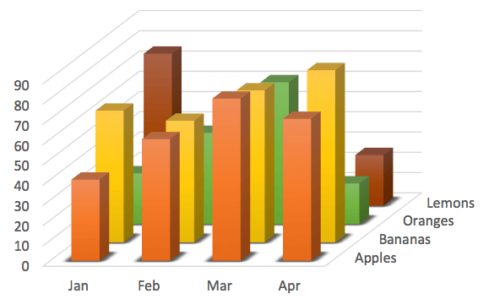PROBABILITY THEORY: FUNDAMENTALS AND APPLICATIONS IN STATISTICS
PROBABILITY THEORY: FUNDAMENTALS AND APPLICATIONS IN STATISTICS Introduction Probability theory is a fundamental branch of mathematics that deals with uncertainty and randomness. It provides a framework for quantifying and analyzing the likelihood of events occurring, making it an essential tool in various fields, including statistics. In statistics, probability theory is widely used to model and […]
PROBABILITY THEORY: FUNDAMENTALS AND APPLICATIONS IN STATISTICS Read More »









